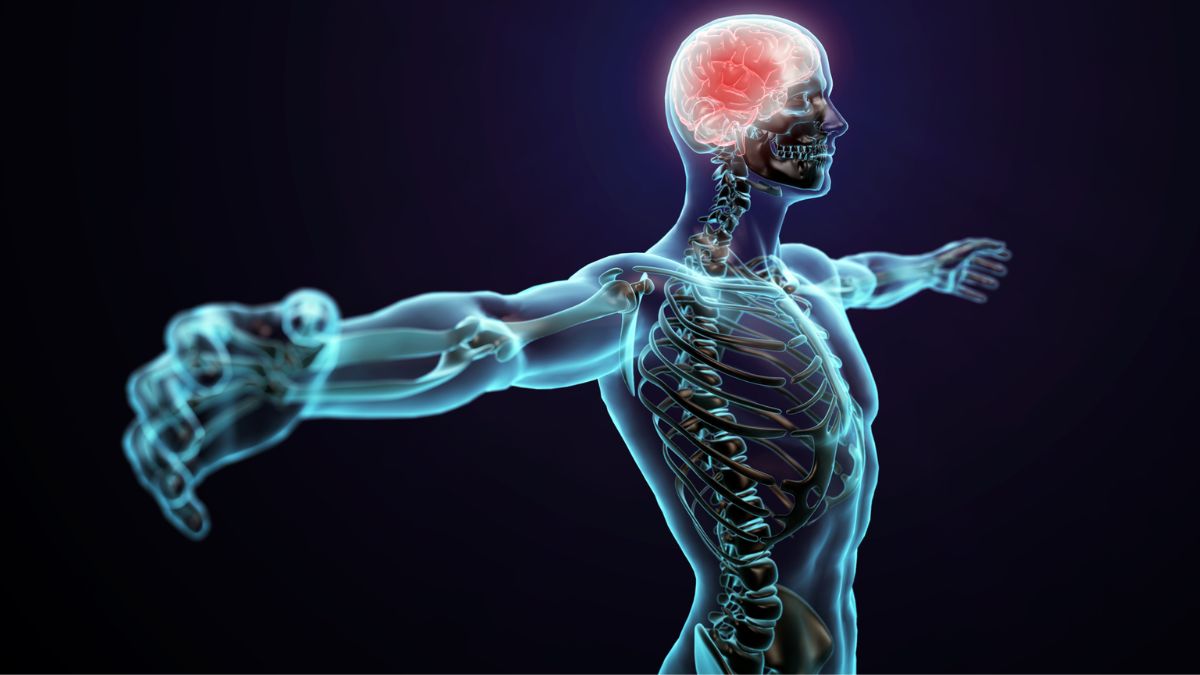
Understanding the Physiology
In this article, we will help you in understanding the physiology. Last week we discussed the importance of setting up your long-term goals. This week we will talk about the importance of acquainting yourself with the functionality of the body’s muscle system, and how progressive overloading and recovery cycle results in strengthening and toning of the muscle. This knowledge will let you adapt, and vary your technic and the program based on feedback from your body.
The human body has a tremendous ability to adapt and improvise in accordance with the demands that are been put on it, both physically and mentally. This is the very reason why the body gains strength and “bulks up” as a result of overloading. In order to get the “form” or the technique right, one must have a basic understanding of the physiology behind each movement.
Table of Contents
How Do Your Muscles Work?

The human body has three distinct types of muscles:-
- Cardiac Muscles: Make up the heart
- Smooth Muscles: Line up the organs
- Skeletal Muscles: These muscles can also be called voluntary muscles as we are able to control our movement. This muscle group is of primary interest to us for the scope of this blog.
Let’s look at the basic structure and composition of the skeletal muscles. These muscles are made up of cells or fibres, bound together by connective tissue. Each fibre contains stands that are capable of pulling against one another once a neuron signal is received in turn shortening the muscle and making it contract. Muscles are only capable of pulling, not pushing and are therefore usually arranged in antagonistic pairs. For example, when you contract the biceps it, in turn, relaxes the triceps muscles. The pairs are also categorized as extensors (which straighten the limb) and flexors (which bend the limb).
How Does Strength Training Work?

The basic principle behind weight training is what’s referred to as “muscle overloading” followed by the rest phase, where the muscle tissue is allowed to repair and adapt. Multiple repetitions of the cycle are done to achieve the goal. With each cycle, the repaired muscle group comes out stronger than before.
Two stages of adoption the body goes through under a training program.
A Number of Changes Occur in Your Body as a Result of the Training:
During the first stage, the neural network adapts to cope with the new demand that is put on it by the exercise. This process is known as “neural adaption”. Putting it simply our body becomes more proficient and coordinated when performing a certain movement, in this case, the full range of motion performed for a specific exercise. This is the stage where one sees the biggest gain in strength.
The next stage sees the muscular system rising up to the challenge and adapting. The gain in muscle size is noticeable at this stage. This occurs as the size of each muscle fiber and the fluid sacks that surround these fibers increase. It’s interesting to note that contrary to popular belief the number of muscle fibers does not increase, just the size of each fiber increases. At this stage, the constitution of muscle fibre (slow and fast twitching muscles) also changes.
In addition to the skeleton muscles, a number of other organs go through changes as well. The heart enlarges and becomes more proficient, blood plasma increases and the oxygen-carrying capacity of the circulatory system increases, the bone density increases to accommodate the greater amount of force exerted on it by the stronger muscles and the weights. We hope this article will help you in understanding physiology.















